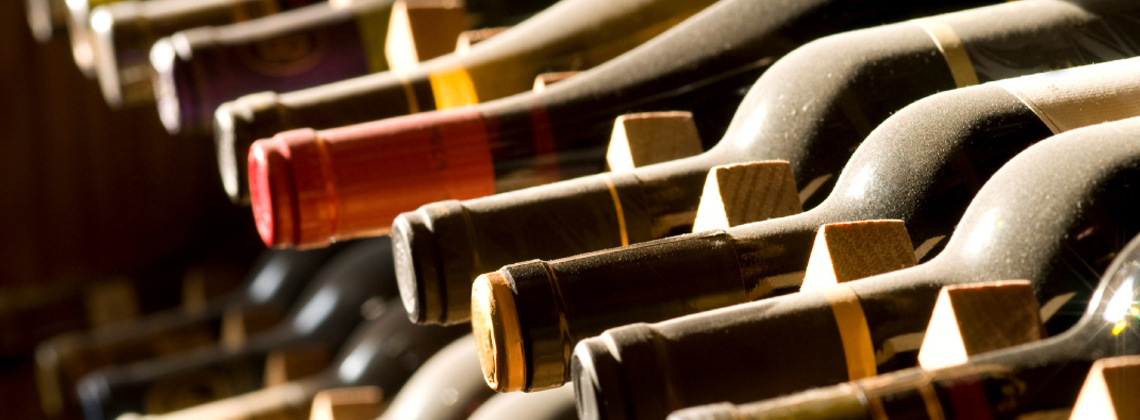The 2015 Vintage from Vineyard to Bottle
The 2015 vintage of Bordeaux has been harvested! After a nearly perfect growing season, similar to the great years of 2009, 2000, 1995 and 1990, the grapers are finishing fermentation and on their way to becoming wine. This past harvest season, over 6,000 seasonal pickers arrived and worked in the earliest ripening area, the Pessac Leognan. The 2015 harvest was about 15 days ahead of the 2014 vintage because of a summer heat wave.
Video : White Bordeaux
The Semillon and Sauvignon Blanc harvest began in early September. Once picked, grapes are tractor-ed to the Chateaux where they are de-stemmed and crushed. Because there is no maceration – soaking on the grape skins – white Bordeaux has far less tannic acid than the reds. This is the acid causes the dry sensation in your mouth and acts as a natural preservative to hold the wine together as it ages.
Video : sweet white Bordeaux at harvest
The new wines may see some natural older oak for a bit, but most Chateaux retain the classic French freshness in their white wines by keeping them in stainless steel tanks until all their compounds marry together. Finally, it’s bottled.
When you see the French words on a label, it means that the wine was bottled where it was made.
Video : Red Bordeaux
The red Bordeaux wines have their grapes crushed to squeeze out the juice and are then macerated – left soaking with the grape skins – to extract the color and tannins. Maceration also permits the new wine to absorb additional compounds that will add flavors and aromas to the wine. All these elements will bind together as soon as the wine is bottled, usually a year or so after the harvest.The first Merlot to be picked was in the Castillon region. Merlot always ripens first so the Right Bank starts earlier than the Medoc. The Merlot is followed by the Cabernet Franc, Cabernet Sauvignon, Malbec and Petit Verdot harvest.When maceration is complete, the red juice is finally fermented into wine.
Did you know? The juice of all grapes is white; that’s how you can make white wine from red grapes. Just don’t let the pressed juice touch the skins.
Video : Vinification of Bordeaux winesThe new red wines are then stored in 225-liter barrels known as barriques. Each Chateau decides how much new oak to use along with some older oak. The newer the oak, the more vanilla flavors are added to the wine. Further, oak from certain forests adds a chocolate or mocha note to the wine. The oak also provides more tannic acid to work as a natural preservative. But more on that in a future blog! From vineyard to bottle to your home, each 2015 Bordeaux vintage will be one that wine lovers will enjoy for decades. À la vôtre.



